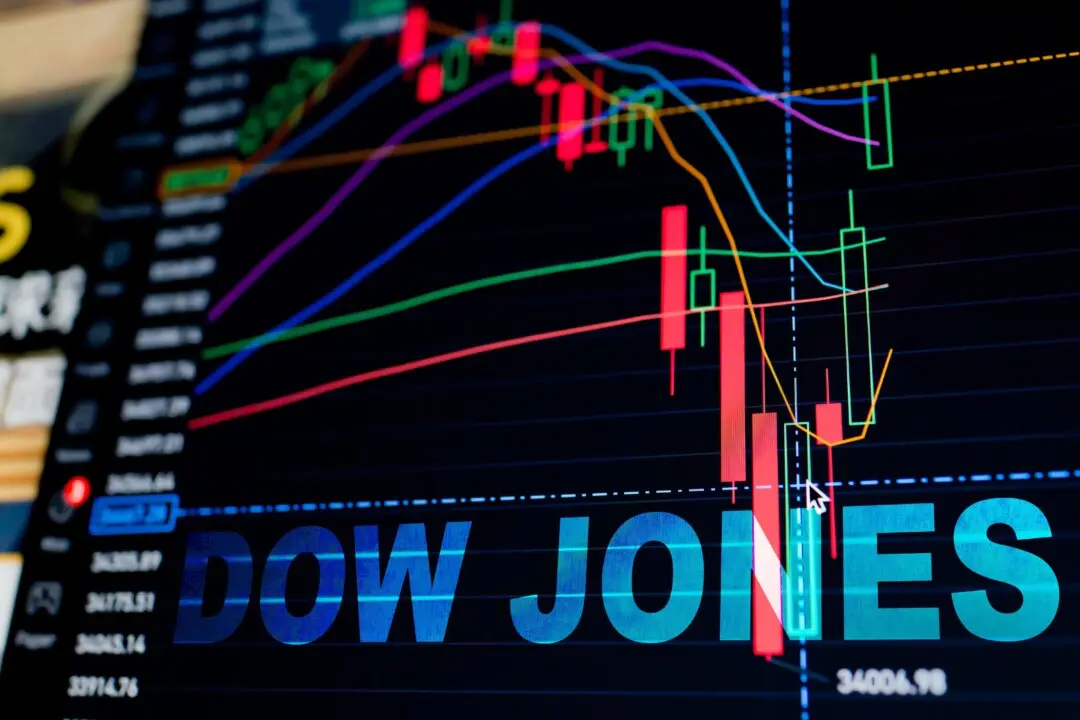PHILADELPHIA—As repair crews work to restore rail service following the deadly Amtrak derailment in Philadelphia, investigators are trying to determine the reason for the train’s acceleration. They are sorting through conflicting reports about an object striking its windshield.
National Transportation Safety Board member Robert Sumwalt said on CBS’s “Face the Nation” on Sunday that he wanted to “downplay” the idea that damage to the windshield might have come from someone firing a shot at the train shortly before it flew off the tracks, killing eight people and injuring more than 200 others.
“I’ve seen the fracture pattern; it looks like something about the size of a grapefruit, if you will, and it did not even penetrate the entire windshield,” Sumwalt said.
Officials said an assistant conductor on the derailed train said she heard the Amtrak engineer talking with a regional train engineer and both said their trains had been hit by objects. But Sumwalt said the regional train engineer recalls no such conversation, and investigators had listened to the dispatch tape and heard no communications from the Amtrak engineer to the dispatch center to say that something had struck the train.
“But, nevertheless, we do have this mark on the windshield of the Amtrak train, so we certainly want to trace that lead down,” he told CNN’s “State of the Union.”
Sumwalt acknowledged, however, in an interview on Fox News Sunday that train engines are routinely struck by various projectiles without catastrophic consequences.
Amtrak’s Northeast Corridor trains will resume service Monday in “complete compliance” with federal safety orders following last week’s deadly derailment, officials announced Sunday.
Accelerated Before Turn
Investigators remain focused on the acceleration of the train as it approached the curve, finally reaching 106 mph as it entered the 50-mph stretch, and only managing to slow down slightly before the crash.





